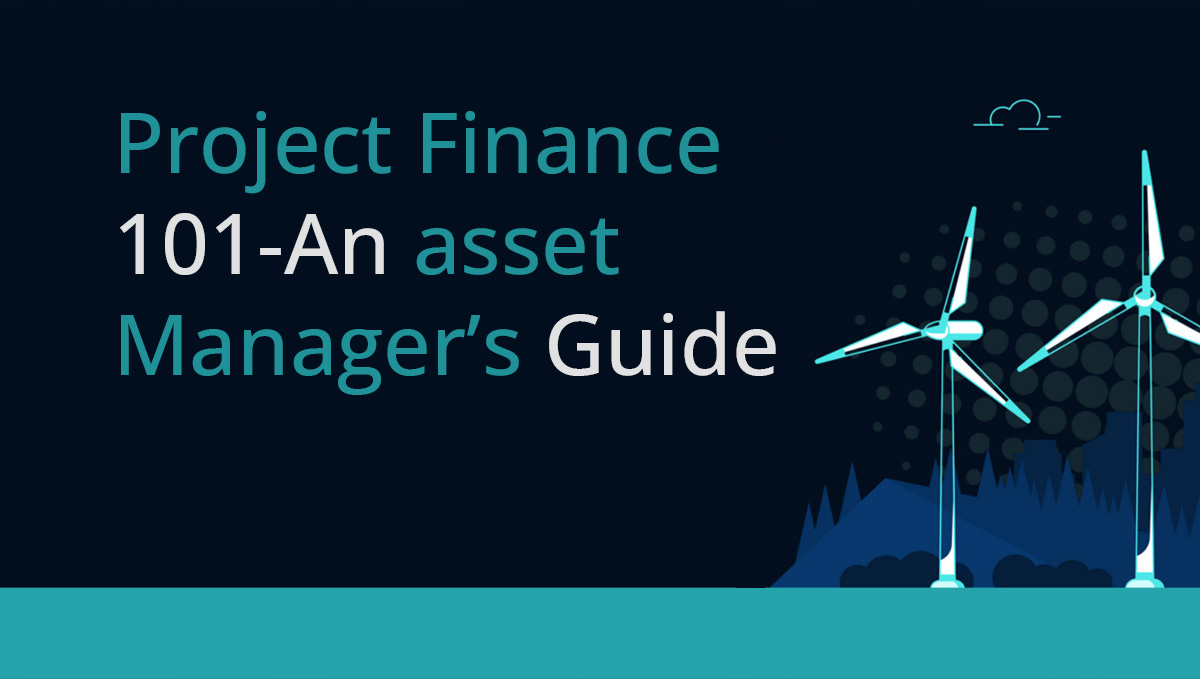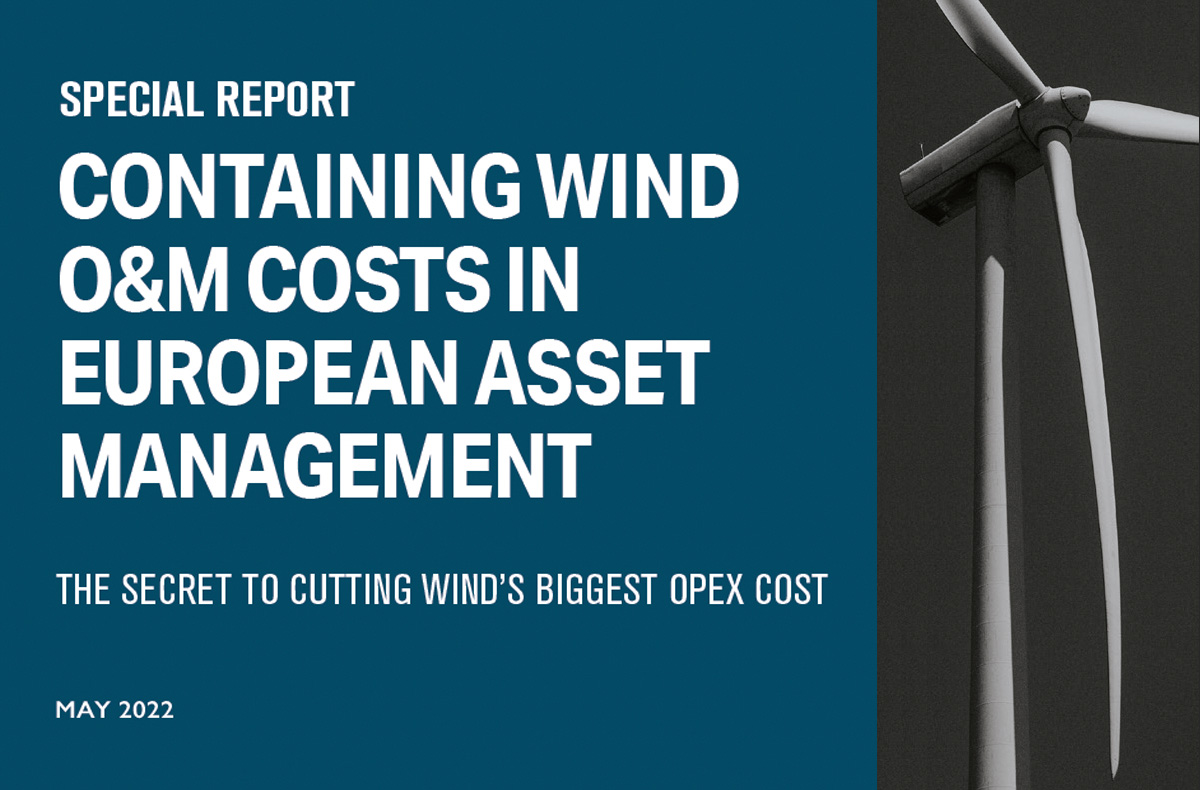The job of any good asset owner or fund manager is to buy under-valued cash flows (i.e. the future income from a wind or solar farm) and enhance the income stream to improve the value/returns for investors. Let’s take a look at how this can be achieved.
Activity
Reduce asset financial admin costs
Each SPVs comes with financial admin. Cutting costs and getting better quality/faster information starts with finding the right partner to outsource the procure to pay, order to cash and record to report activities, plus agreeing the right SLAs with the outsourced partner. The banking reports, a 2-day exercise for each SPV, can also be outsourced to a specialist to save on costs.
Right sizing the leverage
In conjunction with the financing costs, the leverage can be tailored to increase equity returns. To be proactive about this activity a data management system is required.
Dropping the cost of the debt financing
Wholesale finance markets can be a source of cheaper finance for your projects. Reduce the cost of the debt can have a significant impact on the equity returns. To be proactive about this activity, again, a data management system is required.
Data driven decisions when it comes to technical performance of the asset
A data driven approach to ensuring availability numbers are as high as possible, maintenance is performed to a high standard and the power-curve warranty is met or exceeded can add up over time.
Extending the asset life
Getting the asset to a 25-year life and beyond, limiting the performance degradation, limiting the cost of spares etc. can add value to the asset as it delays repowering costs and/or decommissioning costs.
Hedging income
This can be achieved in several ways, one of which is a merchant PPA. The certainty of a floor price while out of any FIT/CFD scheme will reduce risk and can increase returns.
As balancing markets become more unstable due to the increase of asynchronous renewable energy on the system and the roll off of fossil fuel capacity, hedging balancing costs, at the right price, is another way to improve returns and de-risk profit erosion.
Squeezing asset operating costs
There can be significant variances across a portfolio of assets in the operating costs. Benchmarking costs and procuring services and insurance at a portfolio level can drive down costs.
Hedging weather
Obviously weather conditions, and predictability of same, have a massive impact on the performance of a renewable energy project. Weather derivatives can be used to hedge an asset or portfolio of assets to offset some of the weather risk.
Hedging interest rates
Interest rates fluctuate of the long term and right sizing the hedge/swap over the optimum period can safeguard against profit erosion.
Hybrid solutions and technology expansion
As battery storage and inverter technology gets cheaper/better it’s worth keeping an eye out to see where it can add value to the existing asset.
Lease/Planning extensions
Longer leases, with longer planning can add value to a project if the current lease/options situation is short or the plan is to repower the site. The challenge is justifying any additional cost outlay today for the future benefit.
Sale of carbon certificates
As the carbon markets spring back into action and target carbon pricing is set, the forward selling of carbon certificates to corporates (i.e. data centres) can add a significant lump sum or underwritten revenue stream to the project. For each €10 increase in carbon prices the income for a wind farm could increase by as much as €2 per MWh.









